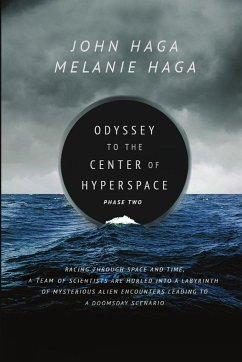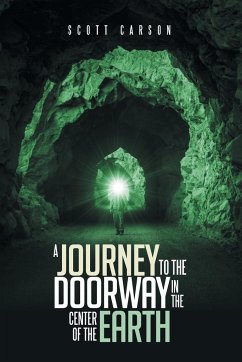
Voyage to the Center of the Earth
Versandkostenfrei!
Versandfertig in 1-2 Wochen
21,99 €
inkl. MwSt.

PAYBACK Punkte
11 °P sammeln!
Forty-three years before Jules Verne, and ninety-three years before Edgar Rice Burroughs, Jacques Collin de Plancy, remembered today for his Encyclopedia of Demons and Demonology, penned Voyage to the Center of the Earth (1821), which is both an adventure story and a utopian fantasy in the Voltairean tradition. An expedition is mounted to discover the hypothetical opening at the Earth's pole, the existence of which was popularized by Tyssot de Patot's Pierre de Mésange (1720), Ludwig Holberg's Nils Klim (1741) and Casanova's Icosameron (1788). There, they discover an alien world located insid...
Forty-three years before Jules Verne, and ninety-three years before Edgar Rice Burroughs, Jacques Collin de Plancy, remembered today for his Encyclopedia of Demons and Demonology, penned Voyage to the Center of the Earth (1821), which is both an adventure story and a utopian fantasy in the Voltairean tradition. An expedition is mounted to discover the hypothetical opening at the Earth's pole, the existence of which was popularized by Tyssot de Patot's Pierre de Mésange (1720), Ludwig Holberg's Nils Klim (1741) and Casanova's Icosameron (1788). There, they discover an alien world located inside the Earth populated by humans who only differ from us by size. Although there are satirical elements, this world within is treated as another planet, with its own geography and history, a mildly exotic fauna and flora, and nations with different politics and religions. Voyage to the Center of the Earth differs from its predecessors not merely because of its careful depiction of a society that has preserved happiness by rejecting progress, but because its heroes find it is too tedious to remain there.














